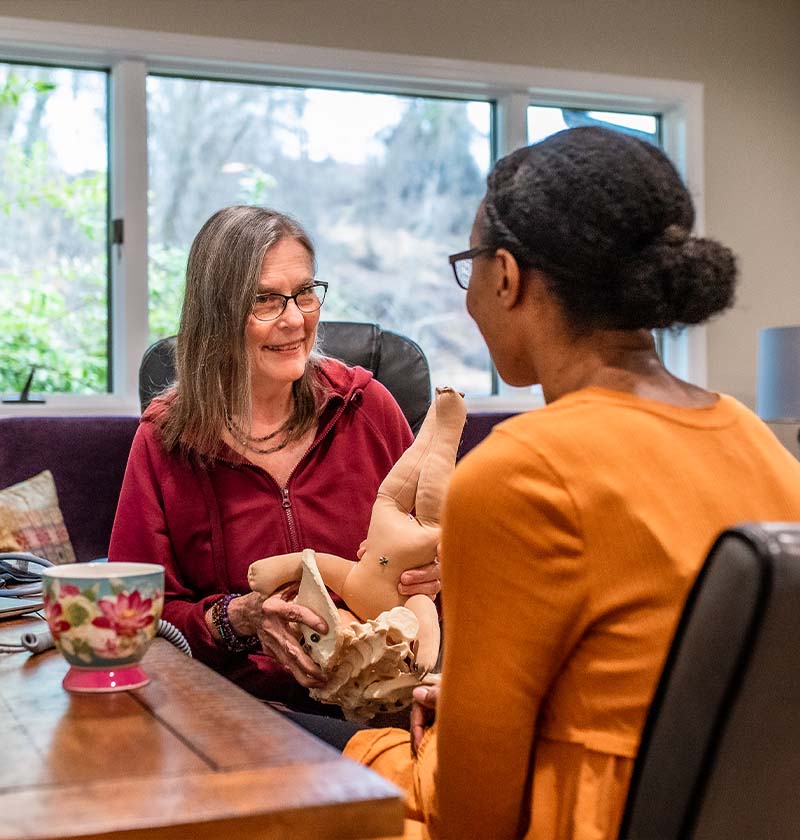


Pioneering
The Lilac Health Difference

Exceptional Experience
Guided by outstanding clinical management, we merge age-old wisdom with modern advancements to elevate every birthing journey for the families we treasure.

Patient-Centered Care
Embracing the Midwifery Model, our patient-centered approach combines holistic and evidence-based medicine, prioritizing the well-being of mother, newborn, and family.

Cultural Familiarity
Our birthing centers artfully blend functionality with local aesthetics, offering families a familiar and comforting ambiance to families to support their birth journey.




Vision
We seek a landscape where birth centers emerge as a top-tier maternity care provider for every low-risk expectant mom.
Our goal is to improve the
state of maternity care in the U.S.
A Deeper look
Maternity Care in America

Awareness
How are birth centers different from hospital maternity wards? What is the Midwifery Model?
Locations
We operate a center in North Carolina, and are opening soon in Georgia and South Carolina.


Join Our Team
Are you an impassioned individual interested in working in natural childbirth?
Error: No feed found.
Please go to the Instagram Feed settings page to create a feed.

